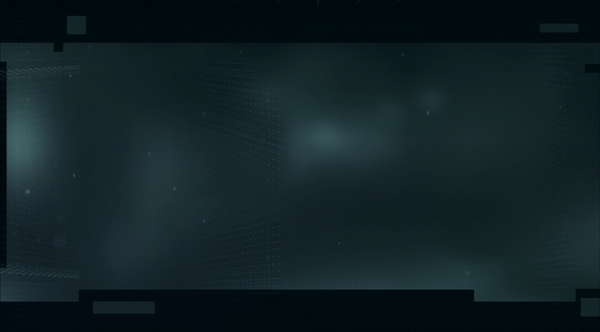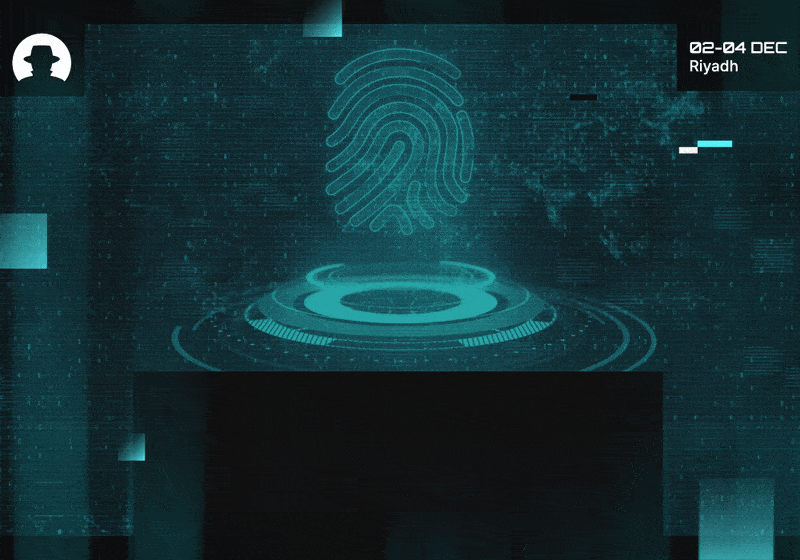
Is the board asking different questions now?
Boards are asking new cybersecurity questions about risk, resilience, and accountability. Here’s how CISOs can respond with clarity – and without overpromising.
Read More
Welcome to the new 151 cyber warriors who joined us last week. Each week, we'll be sharing insights from the Black Hat MEA community. Read exclusive interviews with industry experts and key findings from the #BHMEA stages.
Keep up with our weekly newsletters on LinkedIn — subscribe here.
Weekly insights and exclusive interviews from Black Hat MEA’s community of cybersecurity experts and thought leaders.
The importance of continuous security to help an organisation stay ahead of threats, act on vulnerabilities, and enable peace of mind for all stakeholders.
Because when we interviewed Imran Parray (Founder and CEO at Snapsec) for the BHMEA blog, we asked him how he sees the relationship between pen testing and continuous security.
He said:
“Penetration testing is a security exercise that allows companies to simulate different attacks on their critical systems to see if they can withstand these attacks. It's like a controlled, strategic way to find and fix vulnerabilities before real attackers can exploit them.”
“Continuous security, on the other hand, involves performing various security operations on an ongoing basis. It takes a more holistic approach, addressing all aspects of your company's security, including exposed infrastructure, personnel, and critical applications.”
A continuous security system is, essentially, a system for monitoring your network on an ongoing basis – surveying for vulnerabilities, monitoring the efficacy of security controls, and maintaining visibility over the protection of all data and systems within your network.
It’s a process put in place to identify potential issues before a breach happens, and patch vulnerabilities proactively. An organisation’s process can include a range of techniques, including (but not limited to) risk-based vulnerability management; external attack surface management; and cyber threat intelligence management.
Continuous monitoring is essential in order for an organisation to have a strong cybersecurity posture. New vulnerabilities crop up all the time, with any modification or update of software or use process having the potential to lead to a new weakness. And without continuous monitoring, those vulnerabilities can fly under the radar.
Continuous monitoring also helps you stay compliant with any frameworks or third-party policies you’re committed to. An effective continuous monitoring process can pick up on compliance chances or fallouts so they can be addressed quickly.

The rise of artificial intelligence (AI) and automation means that today’s continuous monitoring systems are becoming increasingly sophisticated.
AI systems can learn from ongoing activities and adapt quickly to changes in the security environment. Over time, AI can adapt its understanding of what it deems ‘normal behaviour’ within a system, and what it flags as a behavioural anomaly – so continuous monitoring can continue to be effective throughout periods of user behavioural change or when new systems and tools are implemented across a network.
It’s important to note, though, that there’s no single ‘set it and forget it’ monitoring system that can be left to do its thing for long periods of time without human input. Effective continuous monitoring systems must be managed, tested, and adapted by cybersecurity professionals to make sure they’re adequately assessing an organisation’s entire threat landscape.
“Both are essential and complement each other,” Parray said.
“Pen testing provides a snapshot of your security posture at a given time, identifying specific weaknesses. Continuous security ensures that you maintain a strong security posture over time, addressing new vulnerabilities as they arise and adapting to changing threats. While pen testing alone can highlight vulnerabilities, without continuous security measures, those vulnerabilities can quickly reappear or new ones can emerge, leaving the company at risk.”
And that highlights the key reason why continuous security cannot be overlooked: vulnerabilities will never stop opening up, and malicious actors are becoming increasingly efficient at finding and exploiting them.
So organisations have to stay ahead – with security models that provide protection and peace of mind.
If your organisation needs to level up its security posture, connect with leading providers and security researchers at Black Hat MEA 2024.
Do you have an idea for a topic you'd like us to cover? We're eager to hear it! Drop us a message and share your thoughts. Our next newsletter is scheduled for 19 June 2024.
Catch you next week,
Steve Durning
Exhibition Director
Join us at Black Hat MEA 2024 to grow your network, expand your knowledge, and build your business.
Join the newsletter to receive the latest updates in your inbox.

Boards are asking new cybersecurity questions about risk, resilience, and accountability. Here’s how CISOs can respond with clarity – and without overpromising.
Read More
A look back at the BHMEA blog’s most memorable insights of 2025 – with six standout quotes from speakers who reminded us what cybersecurity is really about.
Read More
Synthetic identity fraud is accelerating fast as GenAI supercharges deepfakes, onboarding attacks and fraud rings. Here’s what CISOs need to know now.
Read More